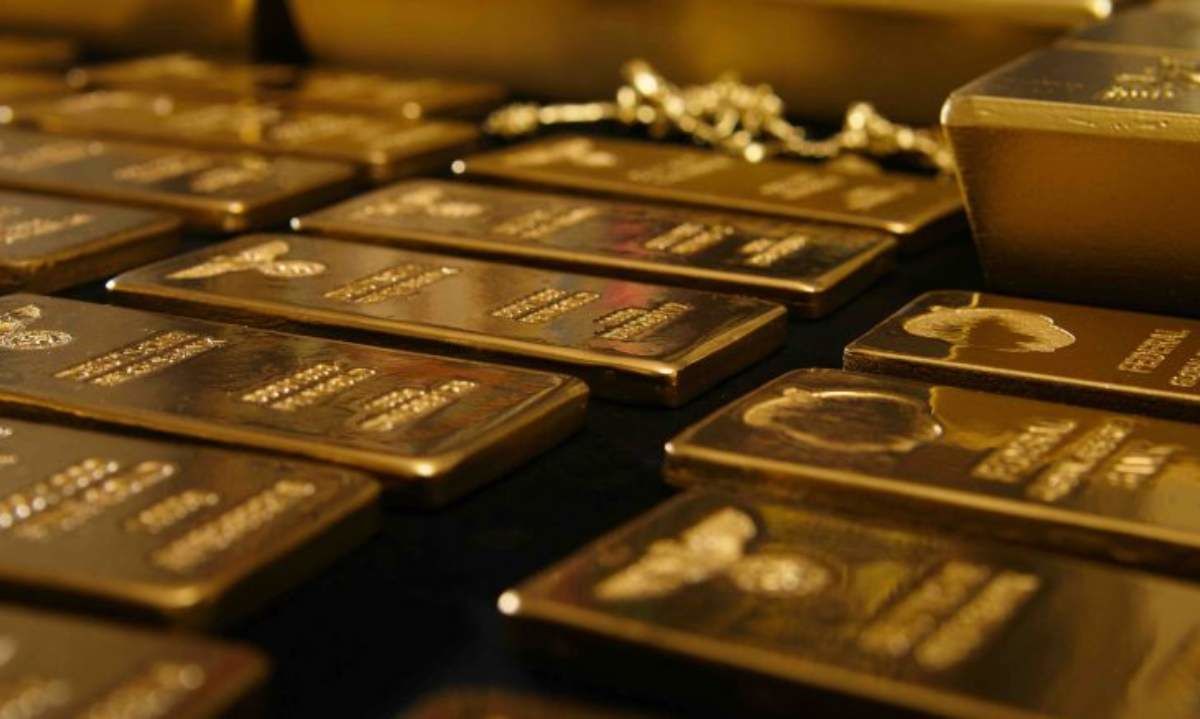
The new projection, says Goldman analysts Lina Thomas and Daan Struyven, reflects a pick-up in gold purchase by central banks, which have bought over 1,000 tonnes for three straight years and are on track to repeat the same feat in 2025.
Gold soared to a new record on Friday even as Canadian Prime Minister Mark Carney and U.S. President Donald Trump said they’d had a constructive phone conversation a day after the White House declared tariffs on all foreign-made vehicles.
Spot gold rose to $3,077.37 per oz. by the close of the week’s regular trading after scaling a peak on Thursday at $3,051.70.
Trump’s bid to transform the American economy using tariffs to spur increased domestic manufacturing, mining, steelmaking and other industries is rocking global markets with fears of inflation, regulatory chaos and slowing economic growth. The heavily integrated U.S. and Canadian auto sector is part of that. Tariff threats can make investors turn to gold as a so-called safe investment when uncertainty prevails and stocks fall.
Since Trump was inaugurated Jan. 20., the Dow Jones Industrial Average has declined 1,903.93 points, or about 4.4% to close at 41,583.90 on Friday.
President Trump was cordial in his assessment of Friday’s call, deeming it “extremely productive.” Carney said the traditional relationship between the longstanding allies “is over” but he was optimistic.
“We had a very constructive discussion,” Carney told reporters in Montreal. “We agreed to begin comprehensive negotiations about a new economic and security relationship between our two sovereign countries immediately following the federal election.”
Canadians vote nationally on April 28. The Liberals, led by Carney, have a 3 percentage point lead over Conservative Party leader Pierre Poilievre, 40.8% to 37.5%, according the CBC Poll Tracker.
Goldman forecast
Coinciding with gold’s rise on Thursday, analysts at Goldman Sachs again bumped up their price forecast for the yellow metal. They’re now anticipating $3,300 an oz, by the end of this year vs $2,890 to $3,100 per oz. forecast in late February.
The new projection, says Goldman analysts Lina Thomas and Daan Struyven, reflects a pick-up in gold purchase by central banks, which have bought over 1,000 tonnes for three straight years and are on track to repeat the same feat in 2025.
“Central banks — particularly in emerging markets — have increased gold purchases roughly fivefold since 2022, following the freezing of Russian reserves,” Thomas and Struyven wrote in a note. “We view this as a structural shift in reserve management behaviour, and we do not expect a near-term reversal.”
They also noted that flows into gold-backed exchange-traded funds (ETFs) “surprised to the upside,” with renewed investor demand for hedges likely driving the expansion. They repeated their view for two rate cuts from the U.S. Federal Reserve this year.
“While ETF flows generally track Fed policy rates, history shows they can overshoot during extended periods of macro uncertainty — such as during the Covid-19 pandemic,” the bank’s analysts said.
Should accelerating demand for hedging boost ETF holdings toward the pandemic-level heights seen in 2020, prices may hit $3,680 an oz. by year’s end, they added.




